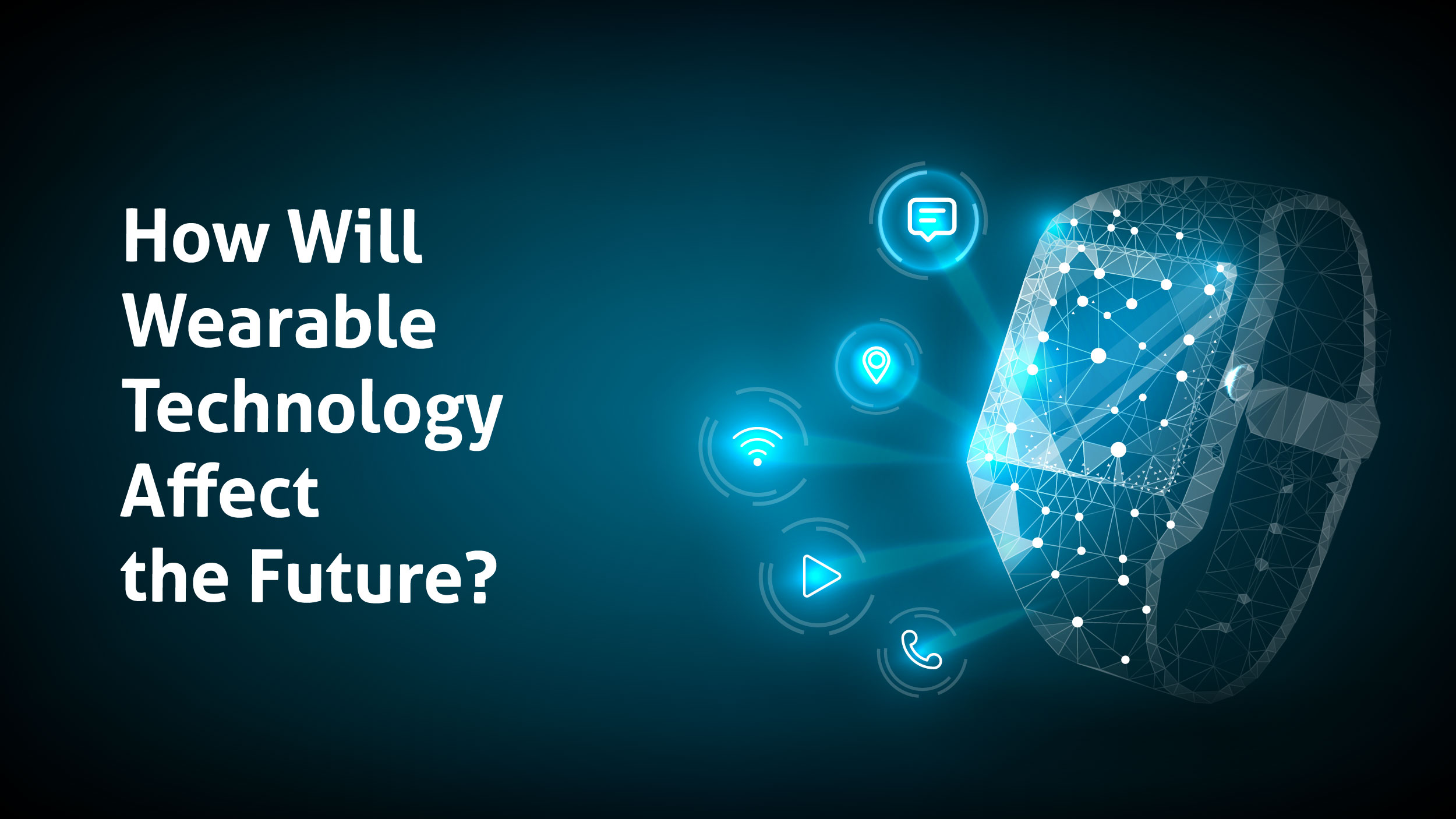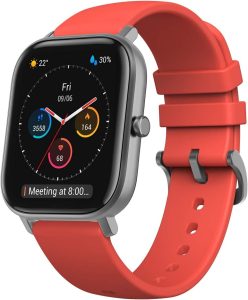Contents
- The Future of Wearables: Solar Powered Smart Watch
- Advancements in Solar Technology for Wearables
- Benefits of Solar Powered Smart Watches
- Challenges in Developing Solar Powered Smart Watches
- Integration of Advanced Features in Solar Powered Smart Watches
- Energy Efficiency and Battery Life
- Impact of Solar Powered Smart Watches on the Environment
- Potential Limitations of Solar Powered Smart Watches
- Compatibility and Connectivity of Solar Powered Smart Watches
- Cost Considerations and Market Adoption
- Conclusion and Future Outlook
Imagine a world where you never have to worry about charging your smartwatch again. Introducing “The Future of Wearables: Solar Powered Smart Watch,” a groundbreaking device that harnesses the power of the sun to keep you connected all day long. With its sleek design and cutting-edge technology, this innovative timepiece not only tells time but also tracks your fitness goals, receives notifications, and even monitors your heart rate. Say goodbye to tangled cords and hello to a sustainable future with this solar powered smartwatch.
The Future of Wearables: Solar Powered Smart Watch
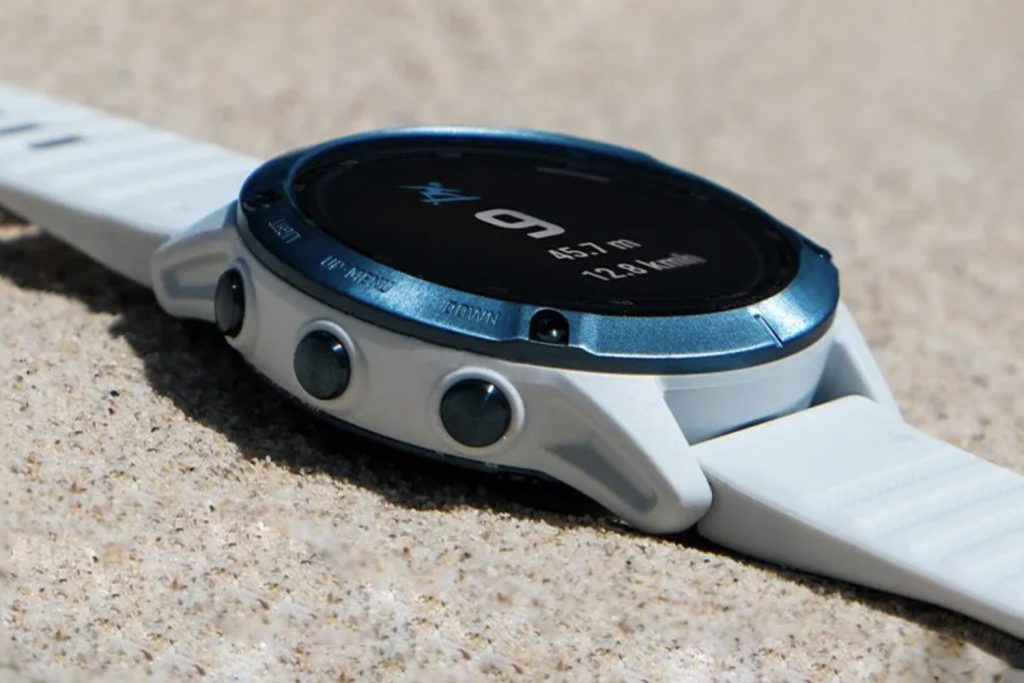
Advancements in Solar Technology for Wearables
The rapid development of solar technology has paved the way for the integration of solar power in various consumer devices, including smartwatches. Solar panels have become smaller, more efficient, and less expensive over the years, making them a viable option for wearable devices. Thanks to these advancements, we can now envision a future where smartwatches are powered by the sun, eliminating the need for constant charging and enhancing the overall user experience.
Benefits of Solar Powered Smart Watches
One of the key advantages of solar powered smartwatches is the freedom from relying solely on traditional charging methods. By harnessing sunlight, these devices offer a sustainable and eco-friendly alternative. Imagine never having to worry about running out of battery or searching for a power outlet in the middle of the day. With a solar powered smartwatch, you can simply bask in the sun’s rays and keep your device powered up effortlessly.
Additionally, solar powered smartwatches contribute to reducing electronic waste. Traditional smartwatches require regular replacement of batteries, which often end up in landfills. By utilizing solar power, we can minimize the environmental impact of this rapidly growing industry and promote a more sustainable approach to technology.
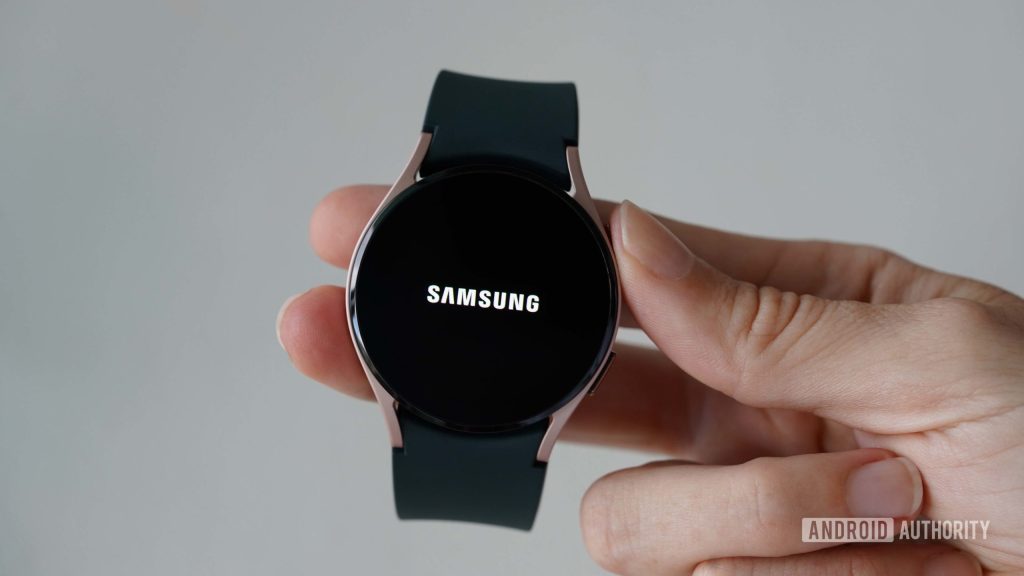
Challenges in Developing Solar Powered Smart Watches
While the idea of a solar powered smartwatch is enticing, there are several challenges that need to be addressed for its successful development. First and foremost is the limited surface area available for solar panels on a small wearable device. Unlike larger solar panels on rooftops or cars, smartwatches have limited space to capture sunlight efficiently. Manufacturers would need to optimize the design and placement of solar panels to maximize their exposure to sunlight.
Moreover, the unpredictable nature of weather can pose a challenge for solar powered smartwatches. Cloudy days or indoor environments can limit the device’s ability to recharge via solar power. To overcome this, manufacturers may need to explore alternative charging methods or develop innovative solutions that can store energy for longer periods, ensuring uninterrupted functionality.
Integration of Advanced Features in Solar Powered Smart Watches
Solar powered smartwatches not only provide the basic functionality of timekeeping and activity tracking but also offer a platform for integrating advanced features. With the abundance of energy from the sun, these futuristic wearables can incorporate features like GPS tracking, heart rate monitoring, and even advanced health sensors without compromising on battery life. This opens up a whole new world of possibilities for health and fitness enthusiasts, as well as tech-savvy individuals looking for a seamless and convenient experience on their wrists.
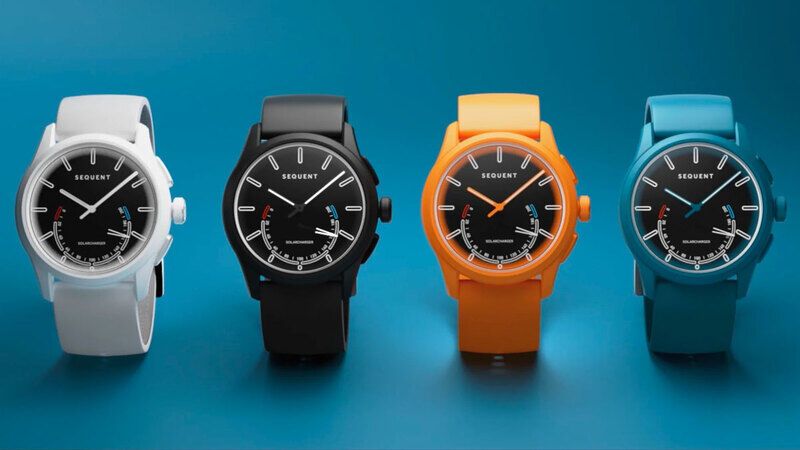
Energy Efficiency and Battery Life
One concern that often arises when discussing solar powered smartwatches is the issue of energy efficiency and battery life. It’s essential for these devices to strike a delicate balance between generating and consuming energy. Manufacturers must focus on developing highly efficient components, such as low-power processors and optimized operating systems, to minimize energy consumption. Simultaneously, advancements in solar panel technology can ensure that the device can harvest sufficient energy to sustain itself even with continuous use of advanced features.
Additionally, the integration of energy-saving modes and intelligent power management systems can further enhance the battery life of solar powered smartwatches. By automatically adjusting power consumption based on usage patterns, these devices can optimize their energy usage and prolong the time between charges.
Impact of Solar Powered Smart Watches on the Environment
The growing popularity of smartwatches has raised concerns regarding their environmental impact, particularly with regards to battery disposal and charging methods. However, the introduction of solar powered smartwatches offers a solution to this problem. By harnessing the sun’s energy, these devices significantly reduce the reliance on traditional charging methods, lowering carbon footprints associated with electricity generation.
Additionally, the manufacturing of solar panels for these smartwatches can be made more sustainable by using eco-friendly materials and production processes. This holistic approach to technology not only benefits the users but also contributes to a greener and more sustainable future.
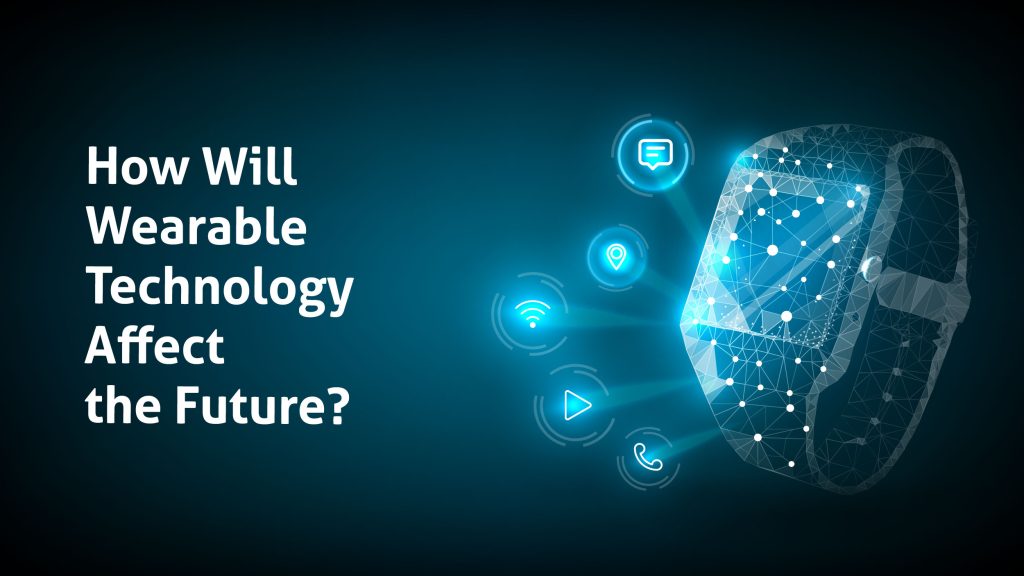
Potential Limitations of Solar Powered Smart Watches
While solar powered smartwatches present many advantages, there are potential limitations that need to be considered. The efficiency of solar panels may vary depending on the location and the duration and intensity of sunlight exposure. For users residing in areas with limited sunlight or who spend a significant amount of time indoors, the charging capabilities of solar powered smartwatches may be diminished.
Another limitation pertains to the design and aesthetics of these devices. As manufacturers strive to integrate solar panels, they may face challenges in maintaining a sleek and appealing look. Balancing functionality with aesthetics will be crucial to ensure widespread acceptance and adoption of solar powered smartwatches.
Compatibility and Connectivity of Solar Powered Smart Watches
Compatibility and connectivity are pivotal factors influencing the success of any wearable device. Solar powered smartwatches must seamlessly integrate with various smartphones, operating systems, and third-party applications to provide a comprehensive user experience. Ensuring compatibility across different platforms will require close collaboration between smartwatch manufacturers, smartphone developers, and operating system providers.
Furthermore, connectivity options such as Bluetooth and Wi-Fi play an essential role in syncing data and enabling real-time communication. Robust and reliable connectivity will be critical to maximize the potential of solar powered smartwatches and facilitate their integration into users’ daily lives.
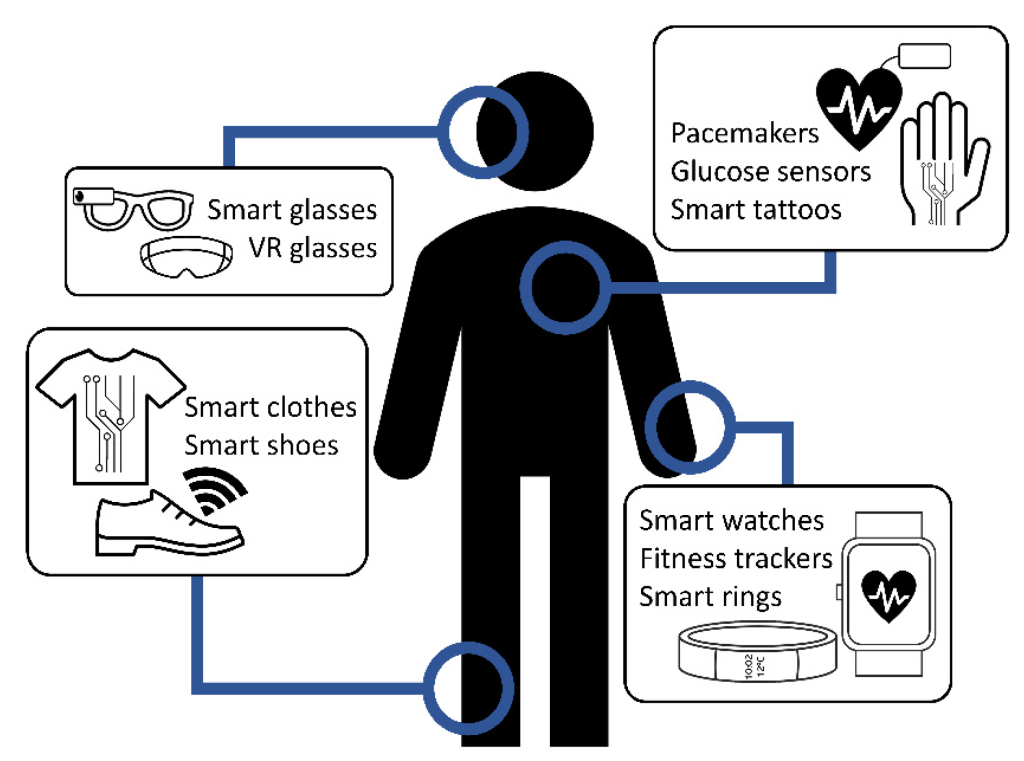
Cost Considerations and Market Adoption
As with any new technology, cost considerations play a significant role in the market adoption of solar powered smartwatches. With advancements in solar technology, manufacturing costs are expected to decrease over time. However, initially, these devices may still carry a higher price tag compared to traditional smartwatches. Educating consumers about the long-term benefits and cost savings associated with solar powered devices will be crucial in driving their market adoption.
Government incentives and subsidies can also encourage consumers to opt for solar powered smartwatches, further accelerating their adoption. As the demand for sustainable and eco-friendly products grows, manufacturers will have a strong incentive to develop cost-effective solutions that cater to a wider market.
Conclusion and Future Outlook
The future of wearables is undoubtedly intertwined with solar technology, and the concept of solar powered smartwatches holds immense potential. As advancements in solar technology continue to evolve, we can expect these devices to become more efficient, reliable, and aesthetically pleasing. The integration of advanced features, improved energy management, and compatibility with various platforms will enhance the overall user experience.
While challenges such as limited surface area for solar panels and unpredictable weather conditions remain, they serve as catalysts for innovation and further research. As the market demand for sustainable and eco-friendly products continues to rise, the adoption of solar powered smartwatches is expected to flourish, ultimately reshaping the future of wearable technology. So, get ready to embrace the sun and unlock a whole new world of possibilities on your wrist with a solar powered smartwatch.

